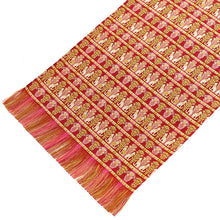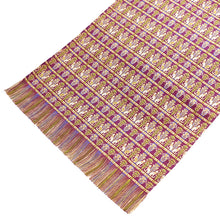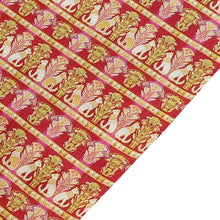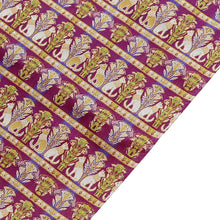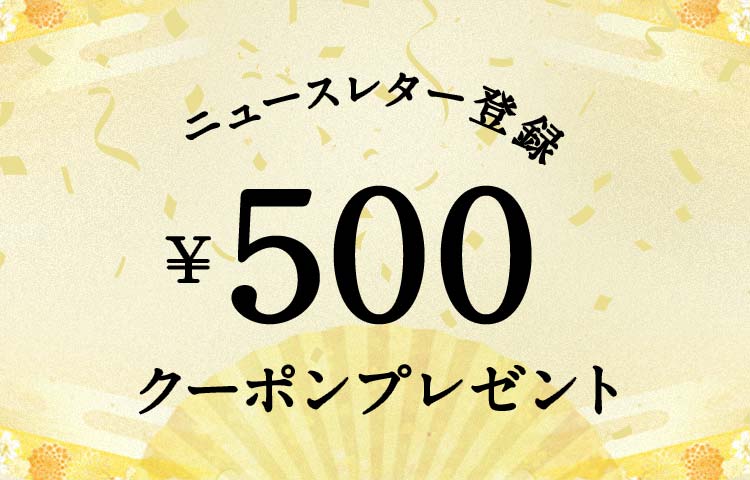Detail
| Product : | Table Runner (Egypt-no-neko) |
|---|---|
| Type : | テーブルセンター |
| Tags : | Year-end gift recommendations、 Egypt、 Table center、 Wrapping available、 Pattern_Cat in dust、 cat、 |
| Other : | The pattern may be different from the image shown due to the cutting process. Please understand this in advance. |
| Other : | Gift wrapping service available |
Reviews
Description
A popular interior item, adds color to table top.
Patterns
Ejiputo-no Neko(Egyptian Cat)
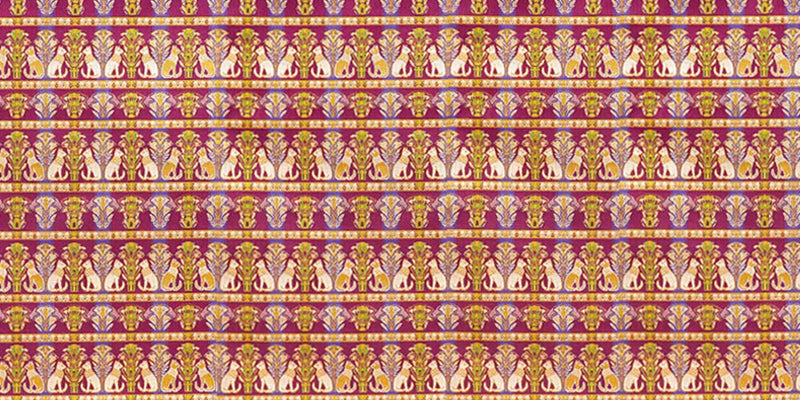
The cat design of this brocade is modeled from a bronze statue made in the Saite period in Ancient Egypt (663 BC - 341 BC), when is thought to be the Renaissance era in their arts. During the Saite period, the architecture flourished and huge palaces and temples were built. The Karnak Temple is one of them where The Great Hypostyle Hall was installed. In the Hall, they built large number of palm-shaped pillars on which papyrus and lotus flowers were painted.
We made the pattern of such decorated pillars, plus cats facing each other. Cats were loved among people in those days, and thought to have loved music and dancing. They also were treated as the "deity of fertility" and the "embodiment of goddess".
We have woven into warp-patterned brocade thinking of the cats and the arts of Ancient Egypt.





